Measuring brain and muscle oxygenation simultaneously using only one device
Where light meets Lite
〰️
Where light meets Lite 〰️
Near-infrared spectroscopy (NIRS) is a non-invasive technology measuring saturation and oxygenation of local tissue underneath the sensor – such as brain and muscle tissue.
The PortaLite MKII measures not only relative concentration changes in oxy- and deoxy-hemoglobin, but also absolute value of tissue saturation index (TSI). Hence, it perfectly can be used to reliably to acquire both cerebral and muscle oxygenation.
Unlimited field of applications
Whether in sports science, hypoxia and altitude research, clinical studies or many other research fields – measuring oxygenation in brain and muscle simultaneously becomes increasingly important. It reveals what is happening in brain and muscle during e.g. physical activity, enables comparison of cerebral and muscle oxygenation levels and can lead to novel information and findings.
Light, easy to use and truly portable
Continuous development and improvement, as well as enabling and supporting new research possibilities with NIRS is important for us.
Our new device, the PortaLite MKII, contains two sensor connection possibilities per control unit. This enables measuring from two sensors and two different locations at the same time using only one device. On brain and muscle tissue, both brain hemispheres, or different muscle groups simultaneously — the device can be applied in various ways. Additionally, the PortaLite MKII is truly portable, lightweight and allows for both online and offline measurements. Hence, it is the perfect device to be used to assess brain and muscle oxygenation simultaneously.
Reducing physiological "noise"
Next to three long channels, each of the PortaLite MKII sensors comes with three built-in short channels with decreased receiver-transmitter distance. These short separation channels (SSC) enable measuring from superficial tissue layers and can be used to improve data quality!


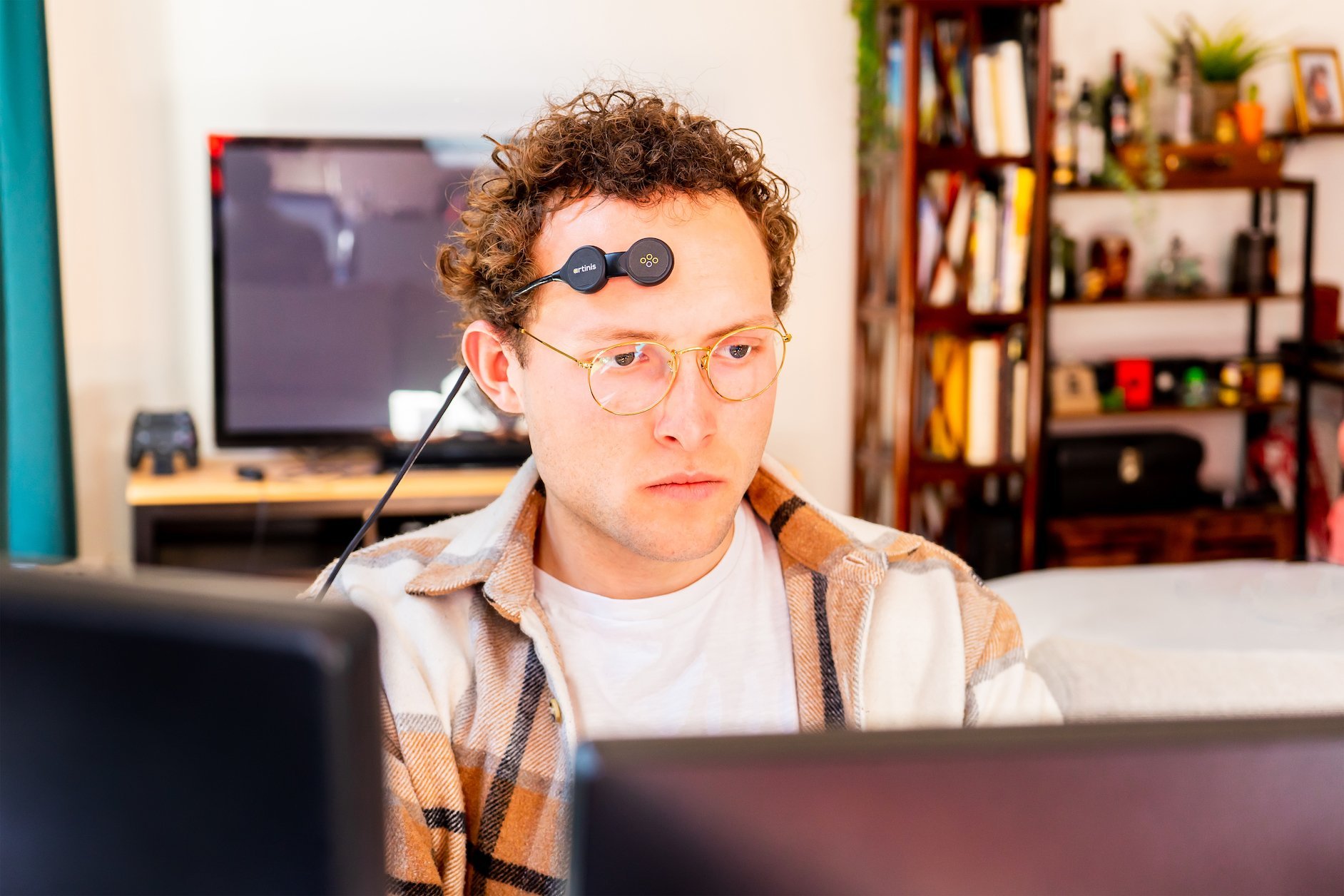
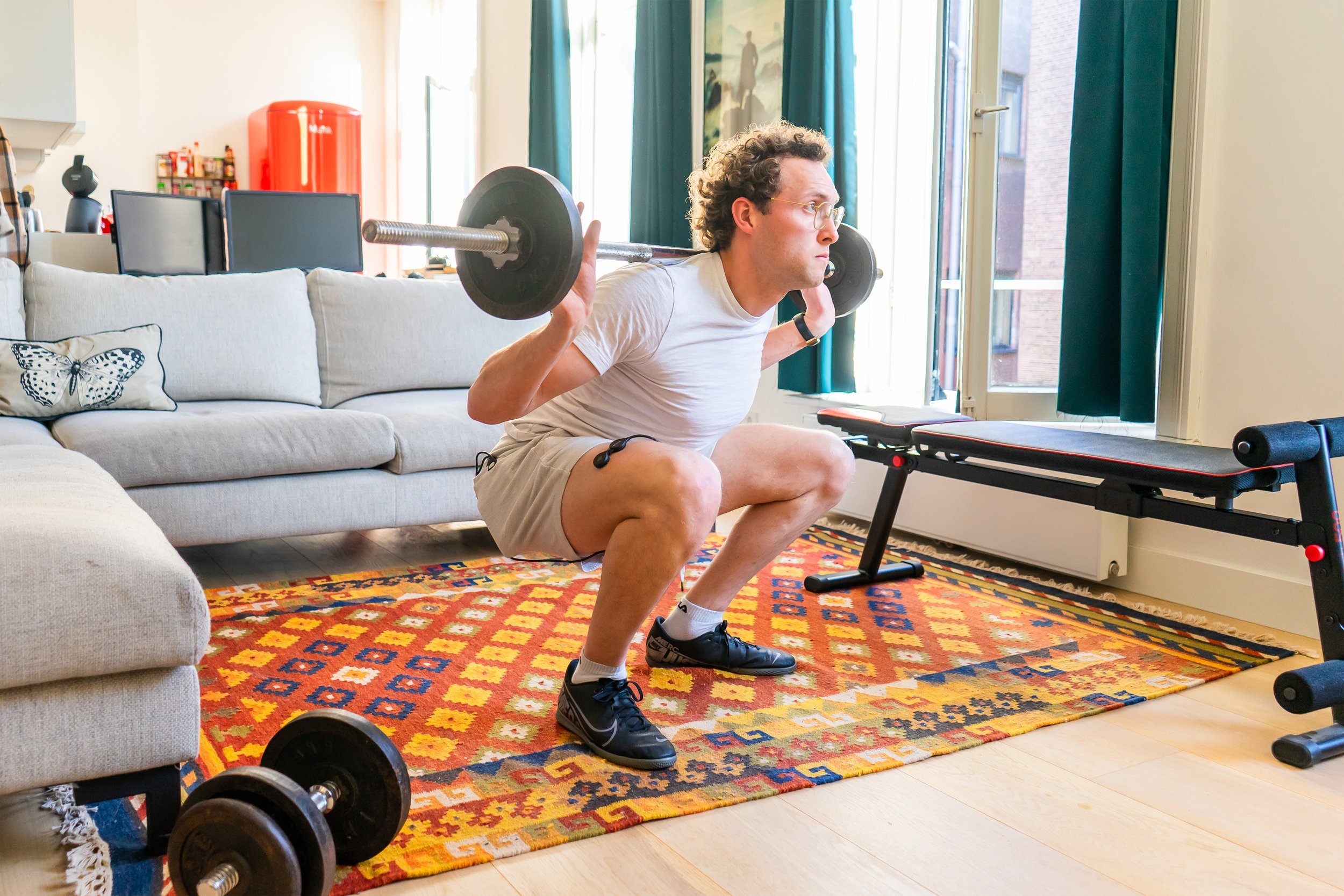
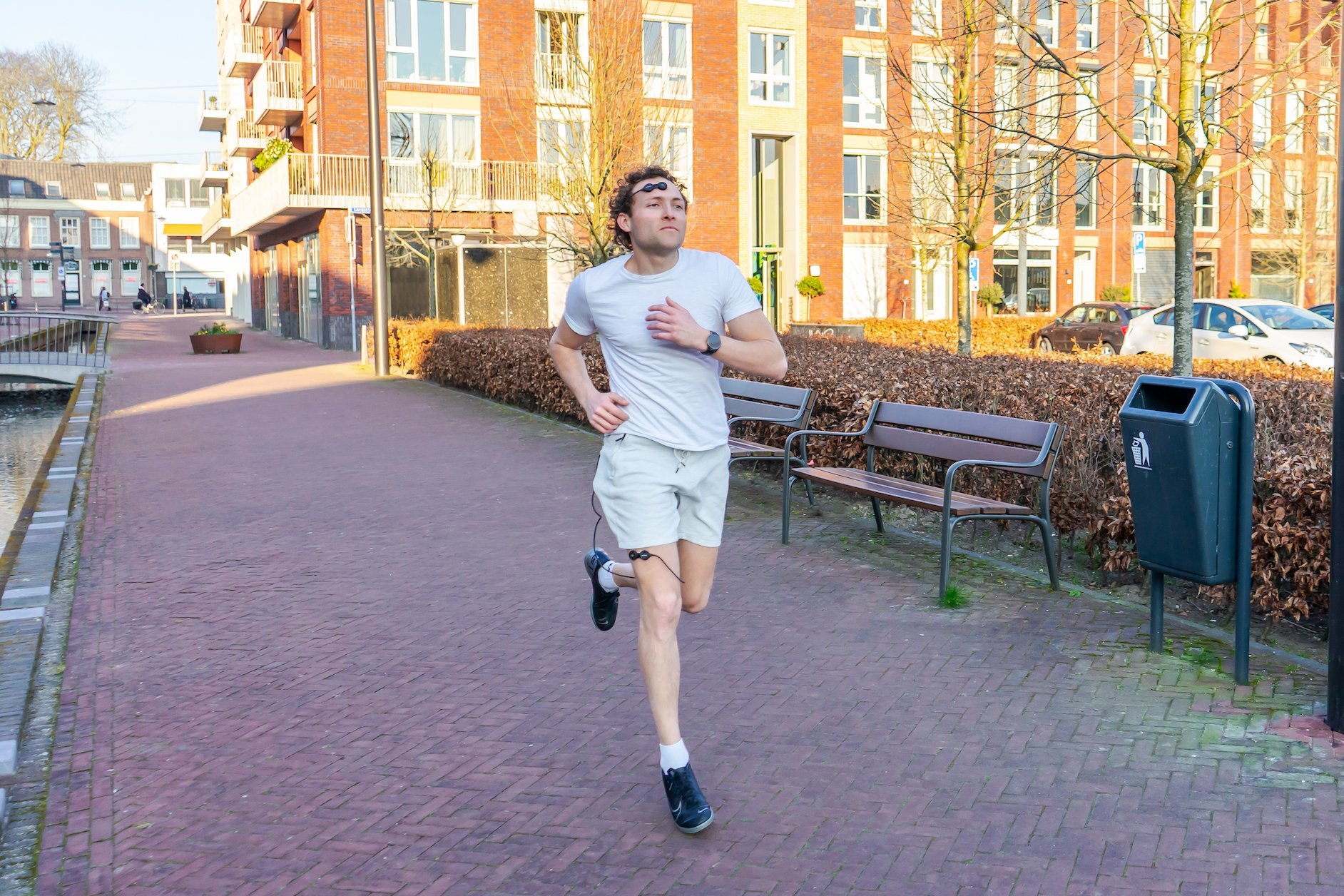

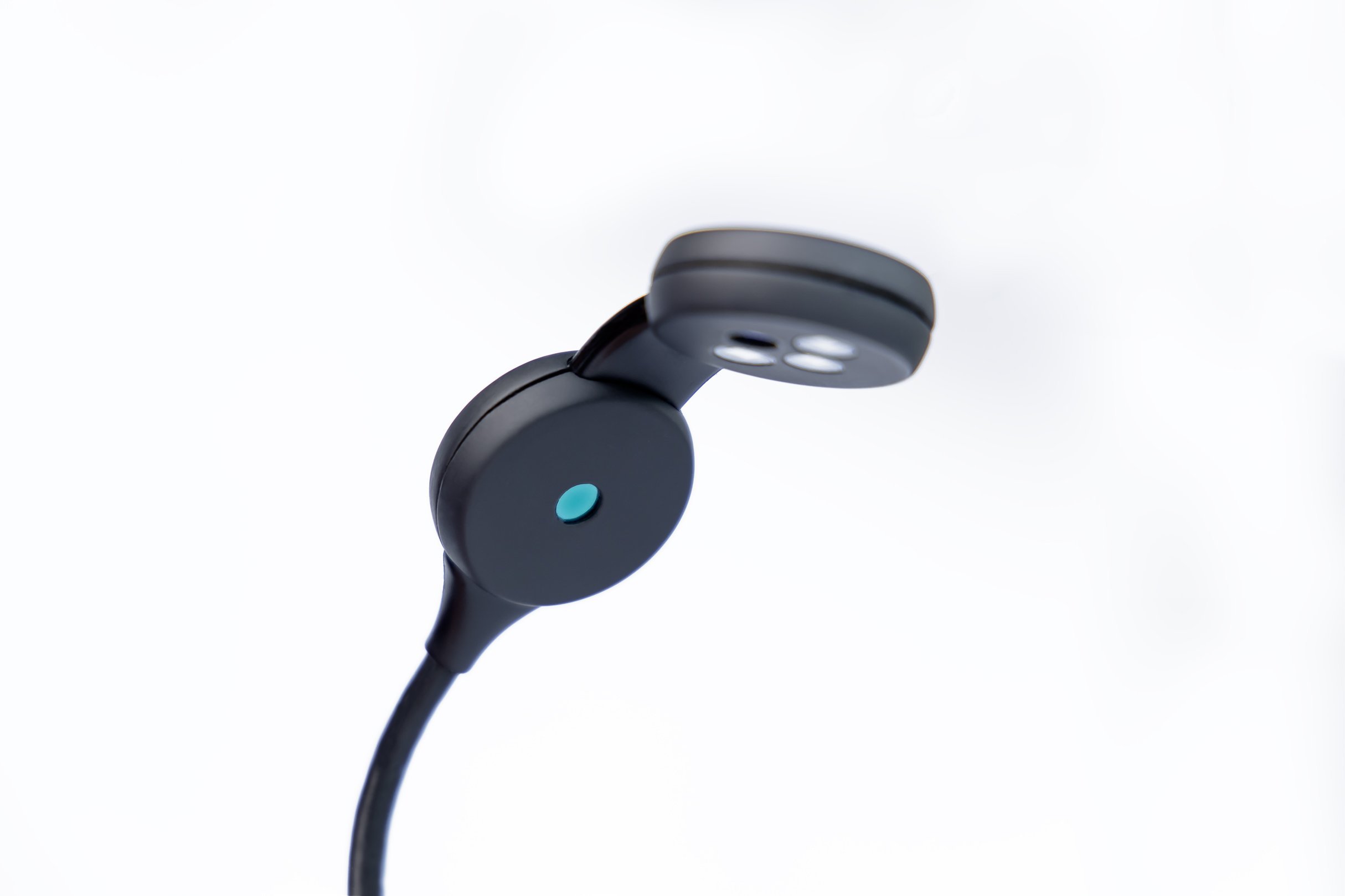

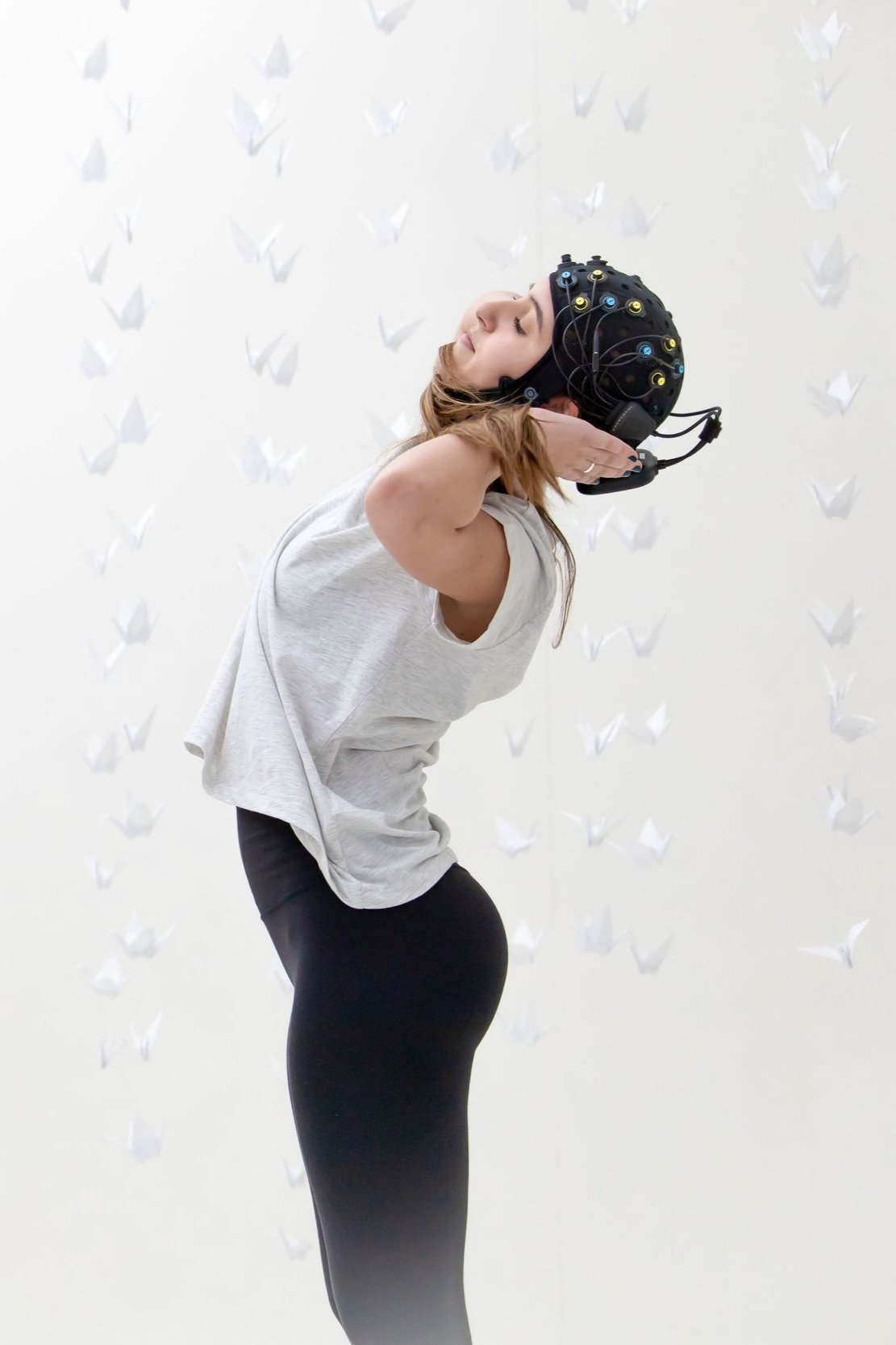

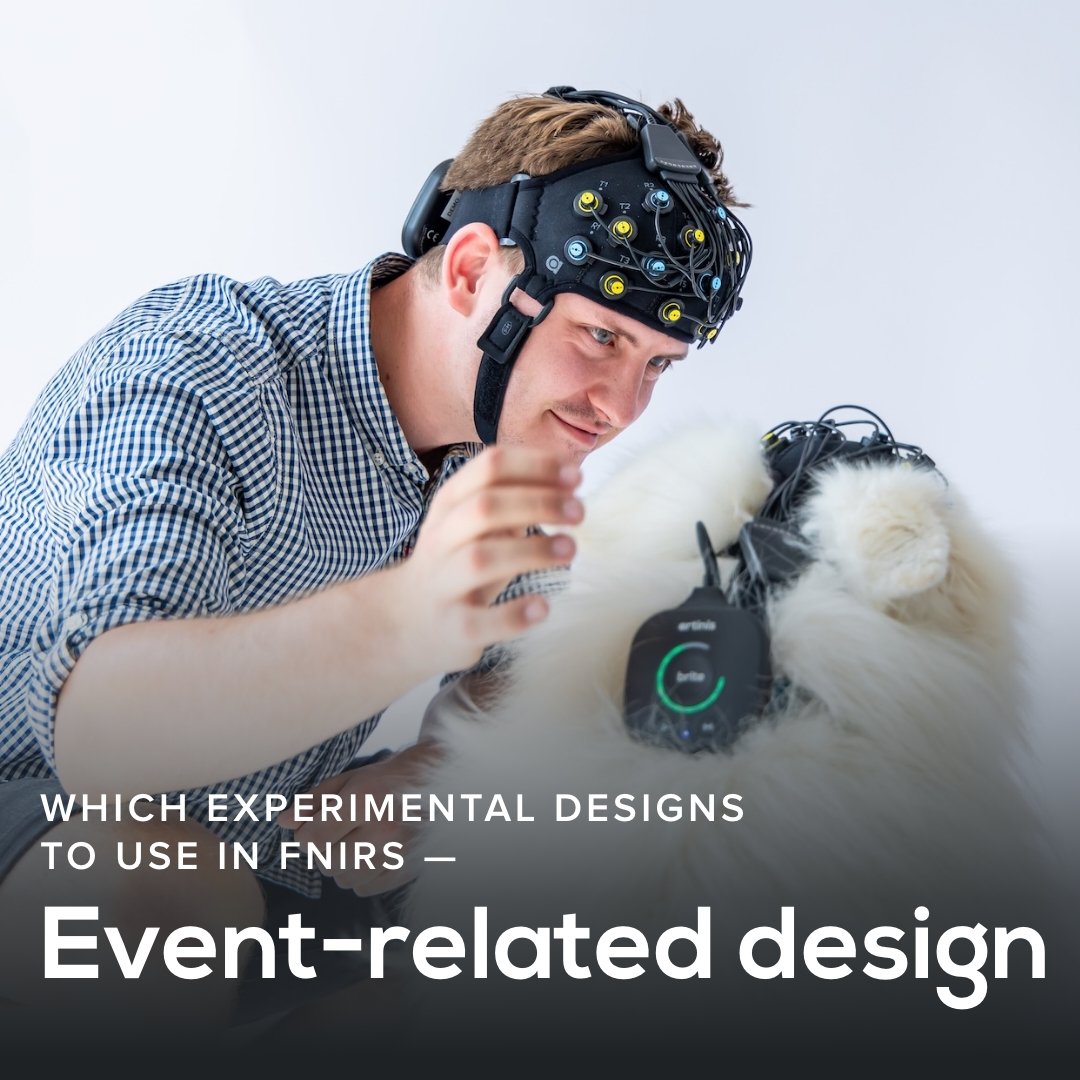
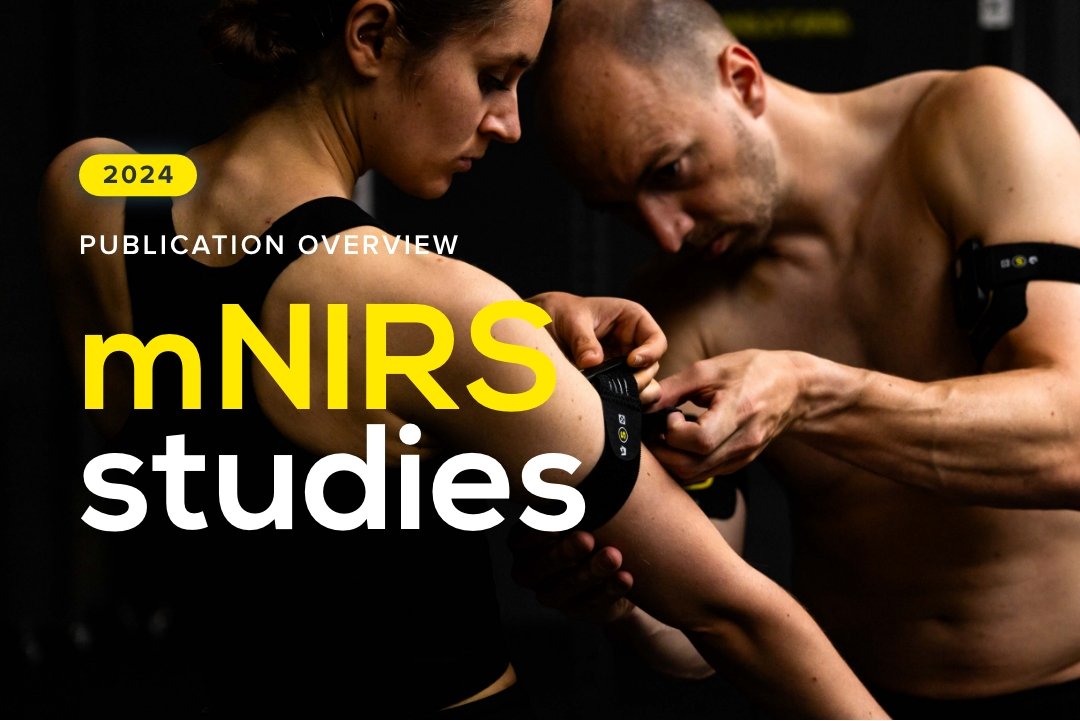
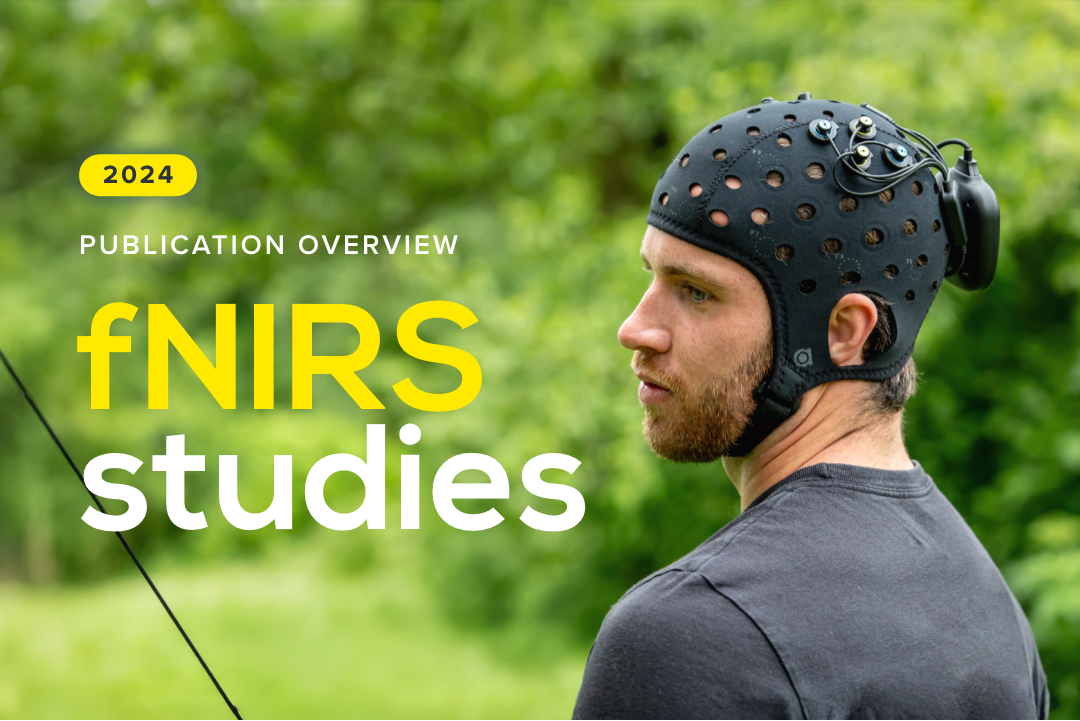
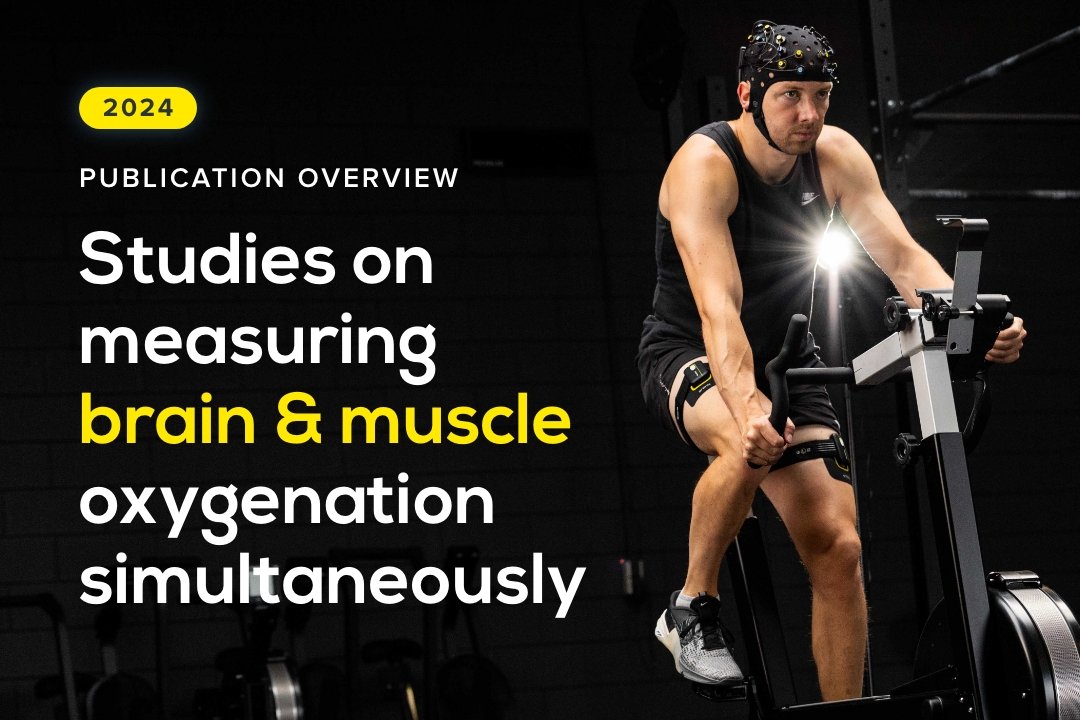
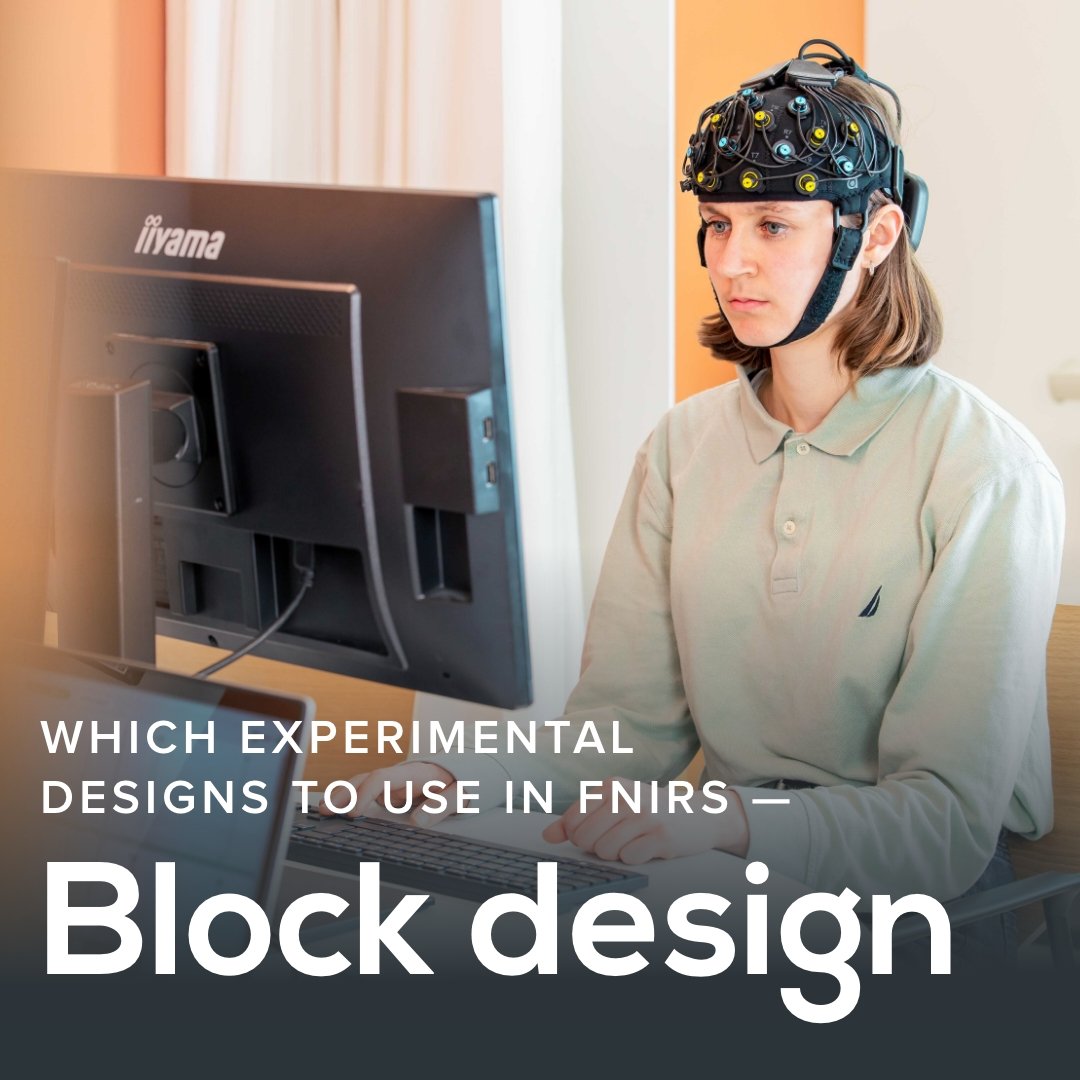
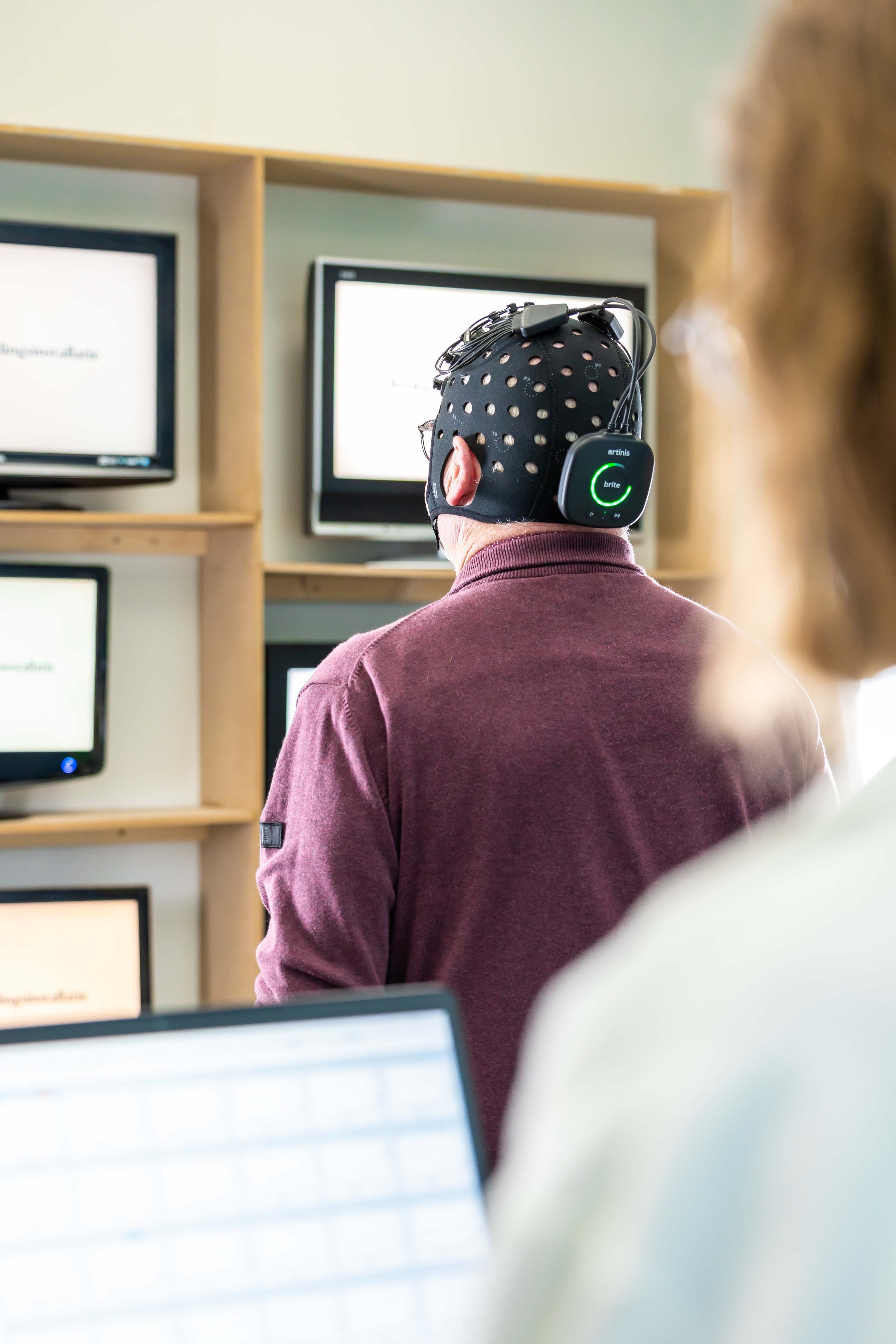
Both NIRS and HD-EMG are non-invasive and portable techniques for muscle measurements. Combining these two methodologies can provide complementary information and enable enhanced insights into muscle activity and metabolism in many applications. In this blogpost we explain both techniques and highlight the advantages of combining NIRS and HD-EMG!